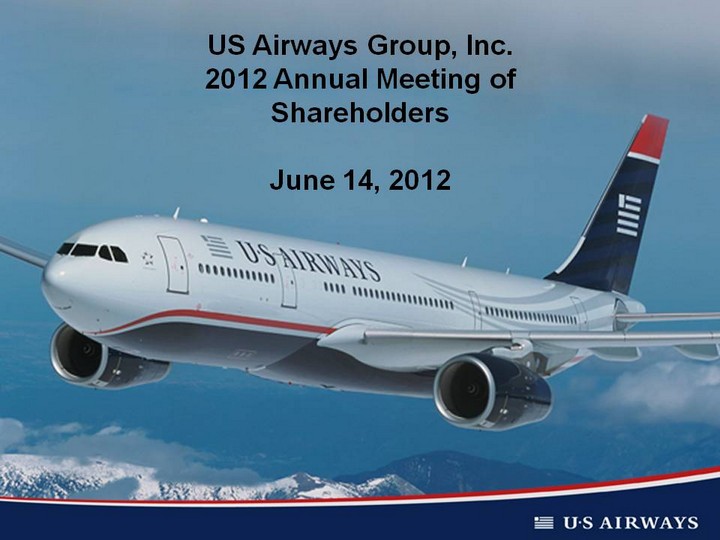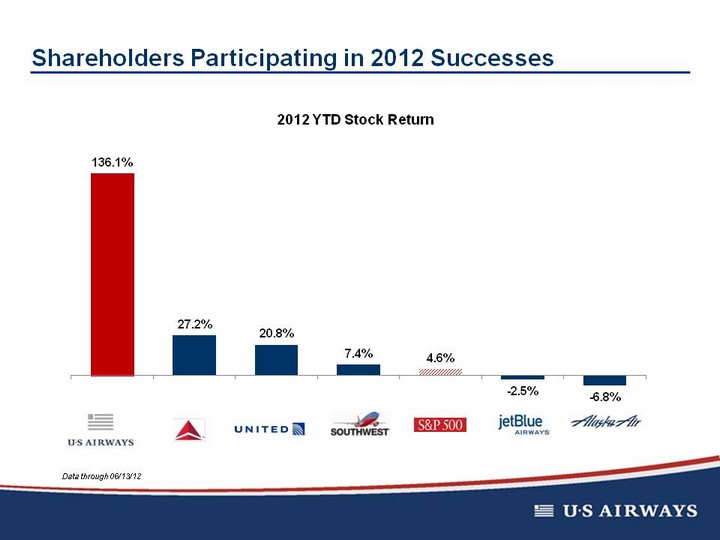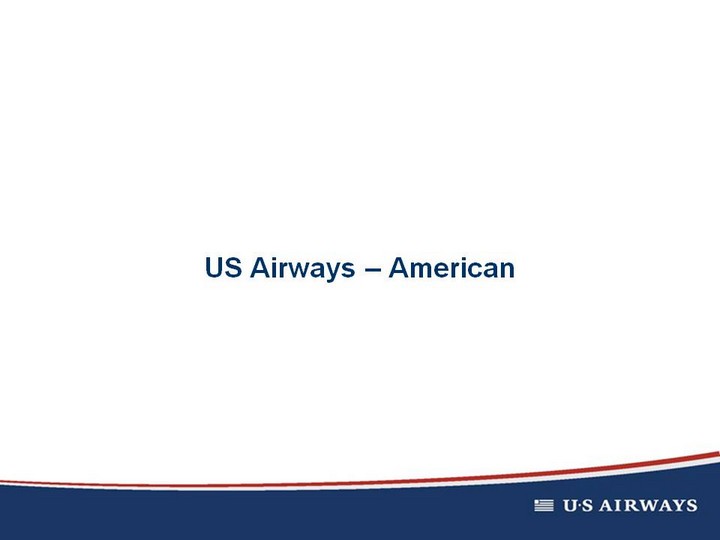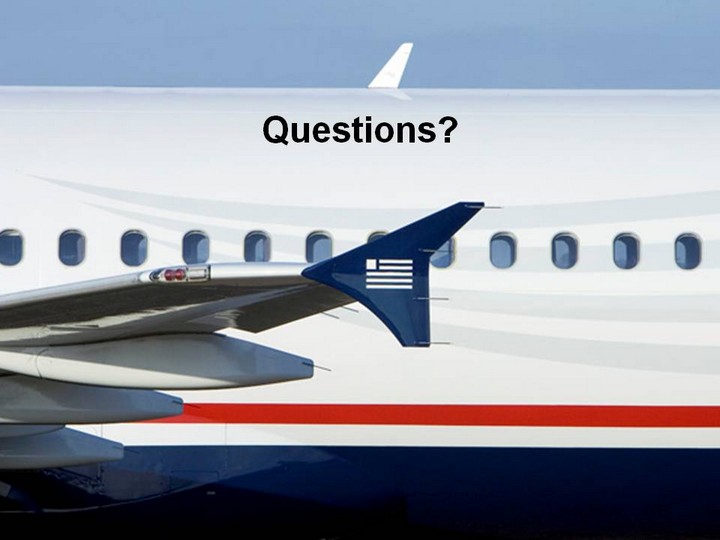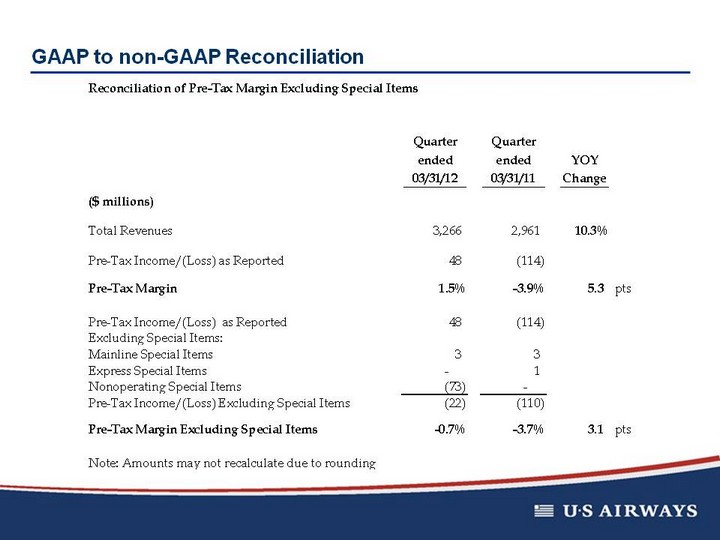| Forward Looking Statements Certain of the statements contained or referred to herein are "forward-looking statements" within the meaning of the Private Securities Litigation
Reform Act of 1995. These forward-looking statements may be identified by words such as "may," "will," "expect," "intend," "anticipate," "believe," "estimate," "plan," "project," "could," "should," "would," "continue" and similar terms used in
connection with statements regarding, among others, the outlook, expected fuel costs, revenue and pricing environment, and expected financial performance and liquidity position of the Company. Such statements include, but are not limited to,
statements about future financial and operating results, the Company's plans, objectives, expectations and intentions, and other statements that are not historical facts. These statements are based upon the current beliefs and expectations of the
Company's management and are subject to significant risks and uncertainties that could cause the Company's actual results and financial position to differ materially from these statements. Such risks and uncertainties include, but are not limited
to, the following: the impact of significant operating losses in the future; downturns in economic conditions and their impact on passenger demand, booking practices and related revenues; increased costs of financing, a reduction in the availability
of financing and fluctuations in interest rates; the impact of the price and availability of fuel and significant disruptions in the supply of aircraft fuel; the Company's high level of fixed obligations and ability to fund general corporate
requirements, obtain additional financing and respond to competitive developments; any failure to comply with the liquidity covenants contained in financing arrangements; provisions in credit card processing and other commercial agreements that may
affect the Company's liquidity; the impact of union disputes, employee strikes and other labor-related disruptions; the inability to maintain labor costs at competitive levels; interruptions or disruptions in service at one or more of the Company's
hub airports or focus city; regulatory changes affecting the allocation of slots; the Company's reliance on third-party regional operators or third-party service providers; the Company's reliance on and costs, rights and functionality of third-party
distribution channels, including those provided by global distribution systems, conventional travel agents and online travel agents; changes in government regulation; the impact of changes to the Company's business model; competitive practices in
the industry, including the impact of industry consolidation; the loss of key personnel or inability to attract and retain qualified personnel; the impact of conflicts overseas or terrorist attacks, and the impact of ongoing security concerns; the
Company's ability to operate and grow its route network; the impact of environmental regulation; the Company's reliance on technology and automated systems and the impact of any failure or disruption of, or delay in, these technologies or systems;
costs of ongoing data security compliance requirements and the impact of any significant data security breach; the impact of any accident involving the Company's aircraft or the aircraft of its regional operators; delays in scheduled aircraft
deliveries or other loss of anticipated fleet capacity; the Company's dependence on a limited number of suppliers for aircraft, aircraft engines and parts; the Company's ability to operate profitably out of Philadelphia International Airport; the
impact of weather conditions and seasonality of airline travel; the impact of possible future increases in insurance costs or reductions in available insurance coverage; the impact of global events that affect travel behavior, such as an outbreak of
a contagious disease; the impact of foreign currency exchange rate fluctuations; the Company's ability to use NOLs and certain other tax attributes; and other risks and uncertainties listed from time to time in the Company's reports to and filings
with the Securities and Exchange Commission ("SEC"). There may be other factors not identified above of which the Company is not currently aware that may affect matters discussed in the forward-looking statements, and may also cause actual results
to differ materially from those discussed. The Company assumes no obligation to publicly update or supplement any forward-looking statement to reflect actual results, changes in assumptions or changes in other factors affecting such estimates other
than as required by law. Additional factors that may affect the future results of the Company are set forth in the section entitled "Risk Factors" in the Company's Report on Form 10-Q for the quarter ended March 31, 2012 and in the Company's other
filings with the SEC, which are available at www.usairways.com. |
